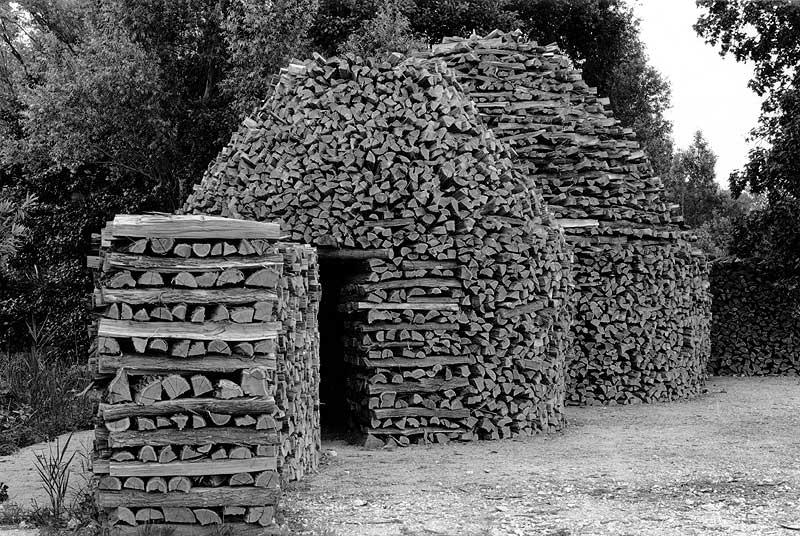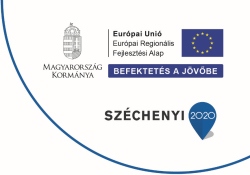Safari
Safari on Kis-Balaton Trip on Kis-Balaton
Discover the „secret closed” world of Kis-Balaton, making an excursion by bus.
Trips are organized from 1st of June to 31st of August, two times a week:
Buses leave Kis-Balaton House at 11 am. and 2 pm. on Wednesdays and at 11 am. on Saturdays (min. 8 people is required) Guided tour is available in Hungarian, English and German languages.
Expected duration of the trip (20 km) is about one and a half hour.
Registration: In person in the Kis-Balaton House, Zalavár-Vársziget, from Tuesday till Sunday 9-12 am. and 1-6 pm. or by phone at + 36 (83) 710-002
"Szafari" útvonala nagyobb térképen való megjelenítése
Water playground
„Water” playground on Kis-Balaton
Dear children,
We would like to invite you, together with your parents, friends to Zalavár, where a „Water” playground has been built next to the Kis-Balaton House. All of you are welcome and feel free to take possession of this playground.
There is a swing, jungle gym, see-saw waiting for you to play hide-and-seek or rest in the small forest-huts.
Trying the „Water” playground, you can get into direct connection with water, follow the way of it experience its power and see how universal it is.
Certainly, sprinkling and splashing are allowed.
Kis-Balaton House Zalavár, Vársziget,
Phone: + 36 (83) 710-002
Kis-Balaton Ház nagyobb térképen való megjelenítése
Cycle path
Cycle Path at Kis-Balaton / Cycling trip at Kis-Balaton
Bike rental operates near the Kis-Balaton House and the „Water” playground, where 40 bicycles are avaliable for tourists longing for biking. There is an opportunity to borrow adults’s bicycles as children’s ones too.
Opening hours: from Tuesday till Sunday, 9 am - 5 pm.
Kis-Balaton House Zalavár, Vársziget,
Phone: + 36 (83) 710-002
Kis-Balaton Kerékpár út nagyobb térképen való megjelenítése
Bird observation spot
„Huts” built of acacia wood logs can be found near the bicycle-path at the weir of Lake Hídvég. This is the Bird observation spot. This Bird observation spot is a gift from the students of Zurich University, who built these “huts” themselves at Kis-Balaton in the frame of the Hungarian-Swiss Friendship Society in 2003. The uniqueness of the “huts” is it was built without using any metal components and still it has stood firmly since it was built. There is pleasant cool inside as it is pervaded by the wind and the walls made of wood stall off the heat. Waiting hard at the lookout posts of the Madárvárta we can observe feeding ducks, grey herons or gull species.

Kányavár Island
Kis-Balaton Kányavár Island
Please go to visit the Kányavár Island!
Get to know the renovated, specially structured timber bridge, that became the symbol of Kis-Balaton, discover the unique flora and fauna of Kányavár Island relax in the beautiful environment.
Kányavári-Sziget nagyobb térképen való megjelenítése
Role of Kis-Balaton
“Role of Kis-Balaton”
Water quality of Balaton started to deteriorate due to civilization environmental impacts from the 1940’s then this process accelerated from the 1960’s. Deterioration of water quality occurred in the eutrophization of the lake and concentration of nutrients. Nutrients got into Balaton in high quantity with untreated sewage, by fertilizer leaching in huge area and in consequence of improper management of liquid dung of livestock plants. River Zala, emptying into the Keszthely-bay is the most significant among the surface watercourses, which provide influx of Lake Balaton. This river transports 40-45% of the total water discharge and its catchment area is 2600 km2. Balaton is the recipient of more than 45 smaller-larger discharge and varying water quality watercourses on the Northern and Southern shores. The most severe situation was in the Keszthely-bay where the seaweed was forced back and algae dominated due to plethora of nutrients.
In order to roll back these undesirable phenomena several complex plans were made from the mid 1970’s for the use of the lake for recreation. During several decades, among others, sewage disposal and treatment, modernization of livestock farms and implementation of the first phase of Kis-Balaton Water protection System (Lake Hídvég, Ingó-holt) took place in the catchment area of the lake in order to decrease diffuse load.
The simple aquatic organisms use dissolved nutrients arriving in the water of the first phase of Kis-Balaton Water Protection System to build their own bodies in a retention time of 45 days.
About 1,5 m average water depth was formed in the water of Lake Hídvég. This relatively shallow water warms up easily and it is hardly covered by higher rate plants. Reed and rush can be found along the shore and dams, moreover seaweed can be found in the water-body. Light reaches the water surface without hindrance so it is ideal to remove nutrients originating from the catchment area of Zala.
Flora of Lake Fenéki completly differs from the ones of Lake Hídvég. Algae do not over reproduce in this area due to higher rate plants. The higher rate plants build nutrients into their own bodies reducing the quantity of nutrients getting into Balaton in this way. Entire natural environment, as well as the flora and fauna of the area take part in removal of the nutrients as a filter-system.
Kis-Balaton Water Protection System Phase II. assures further increase of nutrient removal efficiency of the system and operation according to the nature conservation point of view. By implementation the project (expectable ending date: 31st March 2015) all the expectations formulated by representatives of the special fields mainly water and nature conservation experts will be met. The project focused on working up a flexible water navigation that means regulation of the route of water with the help of regulating structures and sluice-gates and on the base of the data of the monitoring system (biomonitoring, water quantity and quality). As a result of this Kis-Balaton Water protection System can operate with maximum efficiency the possible best quality water gets into Balaton in an adjustable way. In addition, assurance of ecological water demand of Kis-Balaton as significant water conservation living system can be solved on the base of the monitoring data. The implemented controllability makes it possible that the occurrent nature conservation and ecologically negative processes could be modified and reversible.
The developments assure flood protection and excess water protection goals as well. Better efficiency can be reached in the course of excess water protection by the renovated pump-stations. The large resorvoir area enables the drainage of floods on lower level.
History
One of the most extraordinary landscapes of Hungary is Kis-Balaton that can be found near the south-west corner of Keszthely-bay.
Kis-Balaton and Balaton were not distinguished until the end of the 18th century because this area used to be a bay of the lake. The bay played an important role in that Zala could deposit its sediments here. Kis-Balaton lost its filter function gradually by the middle of the 20th century due to the different human interventions. For example: construction of Sió-sluice in 1864, forming of the riverbed of Zala and construction of flood protection dams of Zala river at the beginning of the 20th century. The water-level fluctuation of Balaton decreased significantly after putting the Sió sluice into operation (the fluctuation reached 5-6 m before). First a marshy area covered by reed was formed in the place of the bay where Zala was lost into the swamp. Large part of Kis-Balaton got dry after forming the riverbed and mainly after the construction of the banks. Two small open water surfaces (Vörs and Zalavár) and a bigger (~1400 ha) continuous area covered by reed remained that could filter the water of Zala no longer.
As a consequence of these processes Zala transported its sediments to Keszthely-bay directly including the washed and let in organic material that stayed there due to the special flow conditions. The water quality of Balaton started rapidly degraded as a result of this and due to the continuous economical and technological developments (urbanization, development of agriculture, sewage-disposal). Excess growth of algae began in the lake, seaweed proliferated resulted in eutrophization. Balaton got into such poor condition that it could not meet the needs of bathing in appropriate level.
In order to avoid the ecological disaster the water experts worked out a plan for the construction of “Kis-Balaton Water Protection System”. The basic idea was that Kis-Balaton could filter and treat the sediments and nutrients transported by Zala in the formed marshy area by repeated flooding the former bay swamp area. Processes taking place in Balaton (mainly in Keszthely-bay) are translocated in front of Balaton in the area of the water protection system has to be constructed on the lower section of Zala by this unique water protection system. This solution assures nature like conditions that existed about 200 years ago.
Contact
West-Transdanubian Water Directorate
9700, Vörösmarty street 2
Tel: +36 (94) 521-280
Fax: +36 (94) 316-866
Balaton Uplands National Park
8229 Csopak, Kossuth street 16
Tel: +36 (87) 555-260
Fax: +36 (87) 555-261
General Directorate of Water Management
1012 Budapest, Márvány street 1/d.
Tel.: +36 (1) 225 4400
Fax: +36 (1) 201-2482
